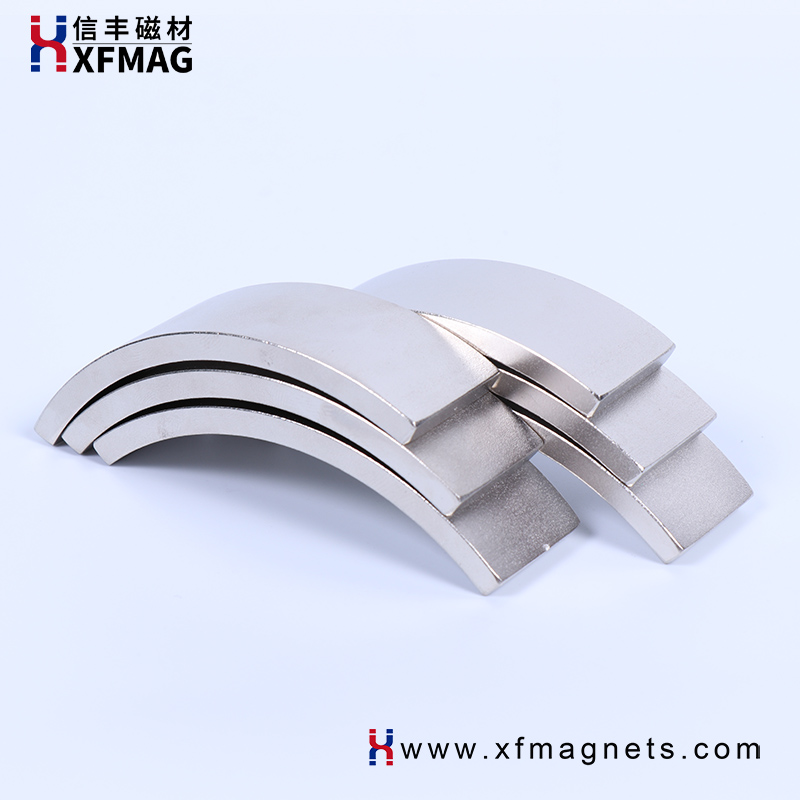The chemical protection technology of Ndfeb Neodymium Magnet mainly includes the electroplating and electroless plating of metal coatings, the transformation film of ceramic coatings and the spraying and electrophoresis of organic coatings. In production, it is commonly used to prepare metal protective coating on the surface of NdFeb magnets by electroplating process. Electroplating is a process in which the magnetic workpiece is used as the cathode and the metal cation in the electroplating solution is reduced on the surface of the magnet by using the external current to form a metal coating. The electroplating protection of Sintered Neodymium Magnets are mainly to improve the corrosion resistance of magnets, as well as improve the surface mechanical properties and decoration.
After years of production and use, the defects of NdFeb magnet electroplating protective coating are also quite obvious: The porosity of the coating is large, the coating is not dense, and it has shape tolerance. The corner of the workpiece will be thickened due to the concentration of the power line in the electroplating process, so the corner of the Rare Earth Permanent Magnet should be chamfered, and the deep hole sample cannot be plated. Electroplating process has a damaging effect on the magnet matrix. In some severe occasions, after the electroplating coating is used for a long time, the coating will appear cracking, peeling, easy to fall off and other problems, and the protective performance will decrease. With the improvement of environmental awareness, the proportion of the total cost of electroplating three waste treatment increases sharply.
Neodymium Electromagnet nickel plating technology refers to the REDOX reaction of the metal salt and reducing agent in the bath without the addition of an applied current. Under the catalytic action of the workpiece surface, the process of metal ion reduction deposition. Compared with electroplating, electroless plating process equipment is simple, does not need power and auxiliary electrode, coating thickness is uniform, especially suitable for the shape of complex workpiece, deep hole parts, pipe inner wall surface plating, the density and hardness of the coating is higher. Electroless plating also has some shortcomings, the coating thickness does not go up, can be plated variety is not much, the process requirements are relatively high, bath maintenance is more complex. Chemical plating is mainly nickel plating, copper plating and silver plating.
In addition, the process of Sintered Neodymium Magnets are prone to micro holes, loose structure, rough surface and other defects, and NdFeb permanent magnet in the application of the working environment is often high temperature, high humidity. These defects provide convenient conditions for NdFeb magnet corrosion in high temperature and high humidity environment. At the same time, the manufacturing process of NdFeB is easy to contain O, H, Cl and other impurities and their compounds, the corrosive effect is O and Cl elements, magnets and O oxidation corrosion, and Cl and its compounds will accelerate the oxidation process of the magnet. The reasons for the easy corrosion of NdFeb magnets are mainly attributed to: working environment, material structure and production technology. Research shows that the corrosion of NdFeB magnet mainly occurs in the following three environments: warm and humid environment, electrochemical environment, long time high temperature environment in dry environment, when the temperature is lower than 150℃, the oxidation rate of NdFeb magnet is very slow.
Post time: Oct-08-2022


